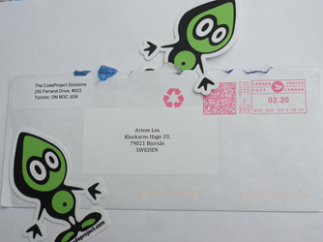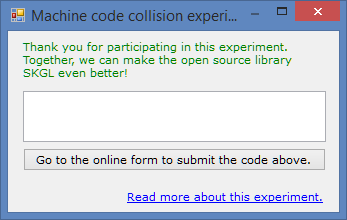[Originally published at https://www.kth.se/profile/204929/page/general-thoughts-about-time-management/]
Being able to plan your studies and time in general is important to be productive. But why do people really do it? Why do we want to stay productive? One possible answer to this is the realization of the tasks that have to be done and the time that is at our disposal. Once the number of tasks increases, we soon realize that time is a scarce resource and has to be used wisely. In this post, we are going to look at a purely tactical approach, how it can be affected by time pressure, and finally how the university has contributed to a combination of both tactical and strategical thinking and how this is related to knowledge from computer science.
Throughout the high school and the first year at the university, I’ve been really into time management. Back then, I think I viewed the planning from a tactical perspective, i.e. during the day I had a set of tasks (such as homework) that were split up into 45 minute sessions, accompanied by 15 minutes break, later by 30 minutes break, and later I switched the subject, even if I had things left. This was suggested by my ToK teacher Ric Sims. I must admit that I did not follow it all the time, but at least I had the time structured into intervals with breaks. At that time, my approach to homework was pragmatic (as far as I can recall), i.e. I prioritized them and executed them as some sort of TODO list.
Later, once the finals were approaching, I started to do other tasks such as doing past papers, rewriting the syllabus (this was not a good idea I think, but allowed me to memorize key concepts), and so on. Suddenly, as they got closer, I had detailed plans of what has to be done during a certain month, a certain week, and so forth; strategical thinking was emerging. For the finals, I came up with a detailed schedule to utilize as much time as possible (the Excel file: Finals approaching). To sum up, as time gets scarce, you tend to plan more to ensure that you use it effectively.
Now, at the university, planning gets even more important. I tend to plan several months and even years ahead (by specifying goals, a strategy). For instance, last year, my plan was to focus onMulti Variable Caclulus, a subject that I was not supposed to study in year 1. Now, my plan (this year) is to focus on my project – Serial Key Manager – and apply to Student Inc. Once the direction (strategy) is specified, it is easy to move forward by breaking the goals into smaller ones, and ultimately have a concise list of tasks; solving these is a question of tactical nature. As an example, this week, I tried to write down all the tasks in an Excel sheet, prioritize them, and complete them one by one (see fig 1).
This gave me a clearer picture and allowed me to organize my time more effectively. This weekly plan however, can be generalized to a monthly plan, a yearly plan and so forth as well as broken down in to smaller components that take time into consideration.
Some computer scientist will point out that this kind of reasoning is related to modulation and abstraction. That is, the yearly plan can be thought of like Python, the monthly plan as Java, the weekly plan as C++ and the daily one as Assembler. It’s interesting that we can combine our knowledge from different disciplines to achieve great results!
Surely, planning is crucial to a successful use of our time. But, it’s also important to understand that different planning approaches have to be applied depending on the type of planning (such as strategical or tactical thinking). All of this helps us to cope with tasks considering that time is a scarce resource. However, we should always remember that for a good execution of tasks, we need to be balanced (don’t overestimate) and reflective (try to find a strategy that works best for you)!
Plan for future article: Next time, my intention is to look at ways to manage the time when you are executing a task. What other alternatives are there(such as Pomodoro technique)? How do we reduce procrastination? But for now, please let me know your thoughts about the current post! 🙂




